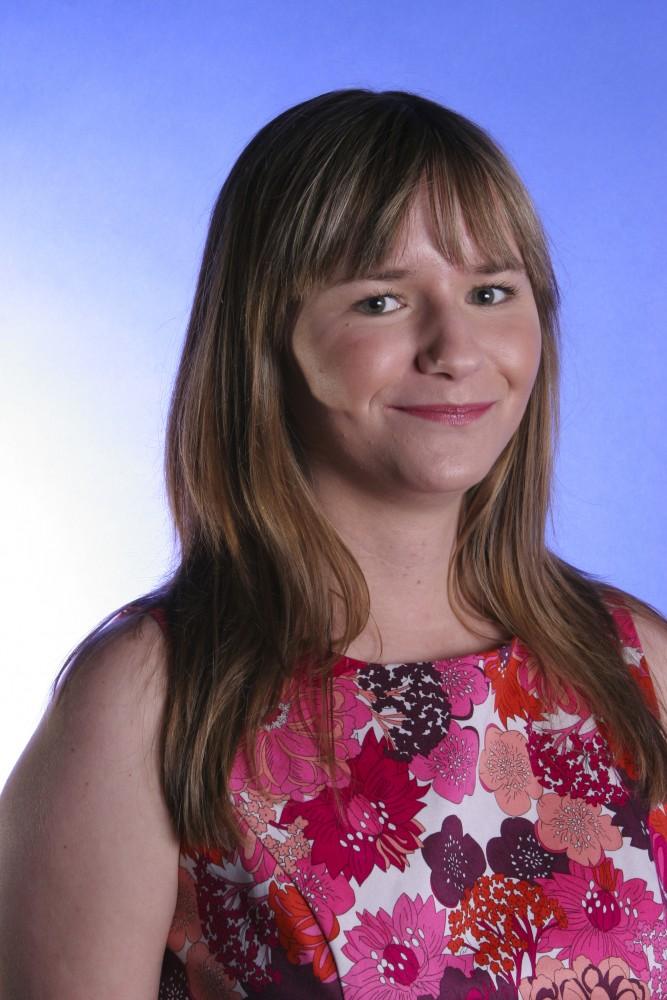Former network correspondent fulfills teaching goal at GVSU

Sep 13, 2010
From local TV reporting to a national CNN correspondent to professor, Keith Oppenheim’s life in broadcasting has taken him around the country and back. After trading in television for textbooks, Oppenheim is tackling his latest assignment: assistant professor of communications at Grand Valley State University.
One of GVSU’s newest tenured professors, Oppenheim is originally from Massachusetts. He received his bachelor’s in psychology from Brown University in 1982 and a master’s in journalism from Columbia University in 1985. From there, he worked as a general assignment reporter at television stations in Rhode Island, Pennsylvania, California and Michigan.
Oppenheim eventually made the jump to cable news in 1997, working for CNN in both Chicago and Atlanta. During his 11-year tenure at the network, he covered several momentous events like the 2000 presidential election, 9/11 and Hurricane Katrina.
“I travelled all around the country,” Oppenheim said. “25 to 30 percent of the time we were working out of Chicago or the Midwest, but the other two-thirds of it was Anywhere, USA — all over the map.”
Although the quick-fire travelling was good for an adrenaline rush, Oppenheim eventually wanted a break from the hectic life of a network correspondent.
“Working for CNN is really quite a thrill, except it’s a very hard life to maintain,” he said. “It’s very interesting, but it’s hell on your schedule. Any time that there was a hurricane or that there was an event, I’d be like, ‘Where do I have to go now?’ So that sense of always being pulled was not great for me and my family over time.”
Oppenheim left the network in 2008 to establish his own business, Keith Oppenheim Communications, a video and television production service for private clients such as Northwestern University and various nonprofit organizations throughout western Michigan. In 2009, he joined GVSU as a visiting professor of communications. For Oppenheim, the decision to parlay his broadcasting experience into teaching was a “practical” one.
“There was a job posting here,” he said. “Actually, I had been teaching a class and I wanted teaching to be a part of my picture, so that had been part of my goal, and the job here was a full-time visiting professorship when I started … I wanted to try it and I found that I really like it here a lot. I like the students and it’s a really striving place. It fit me pretty well.”
As a newly-tenured professor, Oppenheim now teaches three courses at GVSU and enjoys sharing his years of broadcasting experience with students. He finds the increasing popularity of pundit anchors and citizen news outlets such as Facebook and Twitter to be of particular interest.
“The cable landscape has changed from the beginning of my time at CNN to now, with the emergence of MSNBC but mostly Fox News,” he said. “The landscape has really become one weighted in opinion journalism- if those two words go hand-in-hand. I teach a lot about this. It’s very interesting in terms of what you can teach about in classes. Whether it’s good for our democracy is a really separate question.”
Though it may not offer the same globe-trotting thrills as the life of an on-air reporter, Oppenheim finds life at GVSU suits him and pointed to the enthusiastic student body as the most rewarding part of his new job.
“I think the students are what I know best so far,” he said. “In broadcasting, but also within corners of the School of Communication, despite the large size of this entire place, it actually gets quite incestuous. You have a lot of the same students over and over again and I’ve found that to actually really be quite an advantage because you get to know the kids. So I was surprised how in a short period of time I got to get a really good sense of how the broadcasting students are.”
In his spare time, Oppenheim enjoys running, tennis and spending time with his wife Susan and teenage daughter Ellen. But does he ever miss going toe-to-toe with national politicians or donning that CNN rain slicker on a hurricane-ravaged beach?
“Yeah, there is an excitement to a lot of that stuff,” Oppenheim said. “For example, when we’d go and cover hurricanes for CNN, I actually sort of disapproved of what we did a lot of the time because it was sort of poor role modeling. You’re standing out on the beach when a storm’s coming, which is not exactly what you should convey or would do. But on the other hand, it was always very exciting to do that, even if it was a little risky. You sometimes do less than wise things to cover a story and that’s just part of the game.”






















